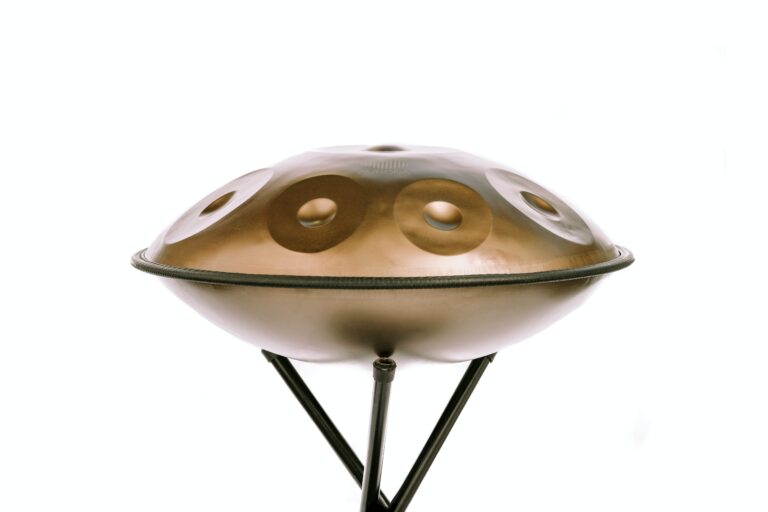The Evolution of AI: Overcoming its Restrictive Boundaries
Introduction: The Rise of Artificial Intelligence
Artificial Intelligence (AI) has come a long way since its inception, evolving from simple rule-based systems to more sophisticated machine learning algorithms. The rapid advancements in AI technology have enabled it to overcome many of its restrictive boundaries and achieve feats that were once thought impossible.
Breaking through Limitations: Natural Language Processing
One area where AI has made significant strides is in natural language processing (NLP). Early NLP systems were limited in their ability to understand human language and context. However, with advancements in deep learning, AI can now accurately interpret and respond to natural language, enabling applications like chatbots and virtual assistants to communicate more effectively with users. For example, chatbots like Siri and Alexa can understand and respond to complex queries, making them more useful and user-friendly.
Expanding Capabilities: Computer Vision
Another area where AI has overcome limitations is in computer vision. In the past, AI struggled to accurately interpret and analyze visual data. However, with the development of convolutional neural networks, AI can now accurately recognize objects, scenes, and faces in images and videos. This has led to the development of applications like facial recognition technology and autonomous vehicles, revolutionizing industries such as security and transportation.
Adapting to Complexity: Reinforcement Learning
Reinforcement learning is a type of machine learning that allows AI systems to learn from experience and make decisions in complex, dynamic environments. This has enabled AI to overcome limitations in tasks that require adaptability and decision-making, such as playing complex games like Go and StarCraft. The development of reinforcement learning algorithms has also led to advancements in robotics, enabling robots to learn and perform tasks in real-world scenarios.
Conclusion: The Future of AI
As AI continues to evolve, it is clear that it is overcoming many of its restrictive boundaries, enabling it to perform complex tasks and interact with humans in more natural and effective ways. With ongoing research and development, the future of AI holds great promise in overcoming even more limitations and pushing the boundaries of what is possible. As we continue to integrate AI into various aspects of our lives, we can expect to see further advancements that have the potential to revolutionize industries and improve the way we live and work.
















